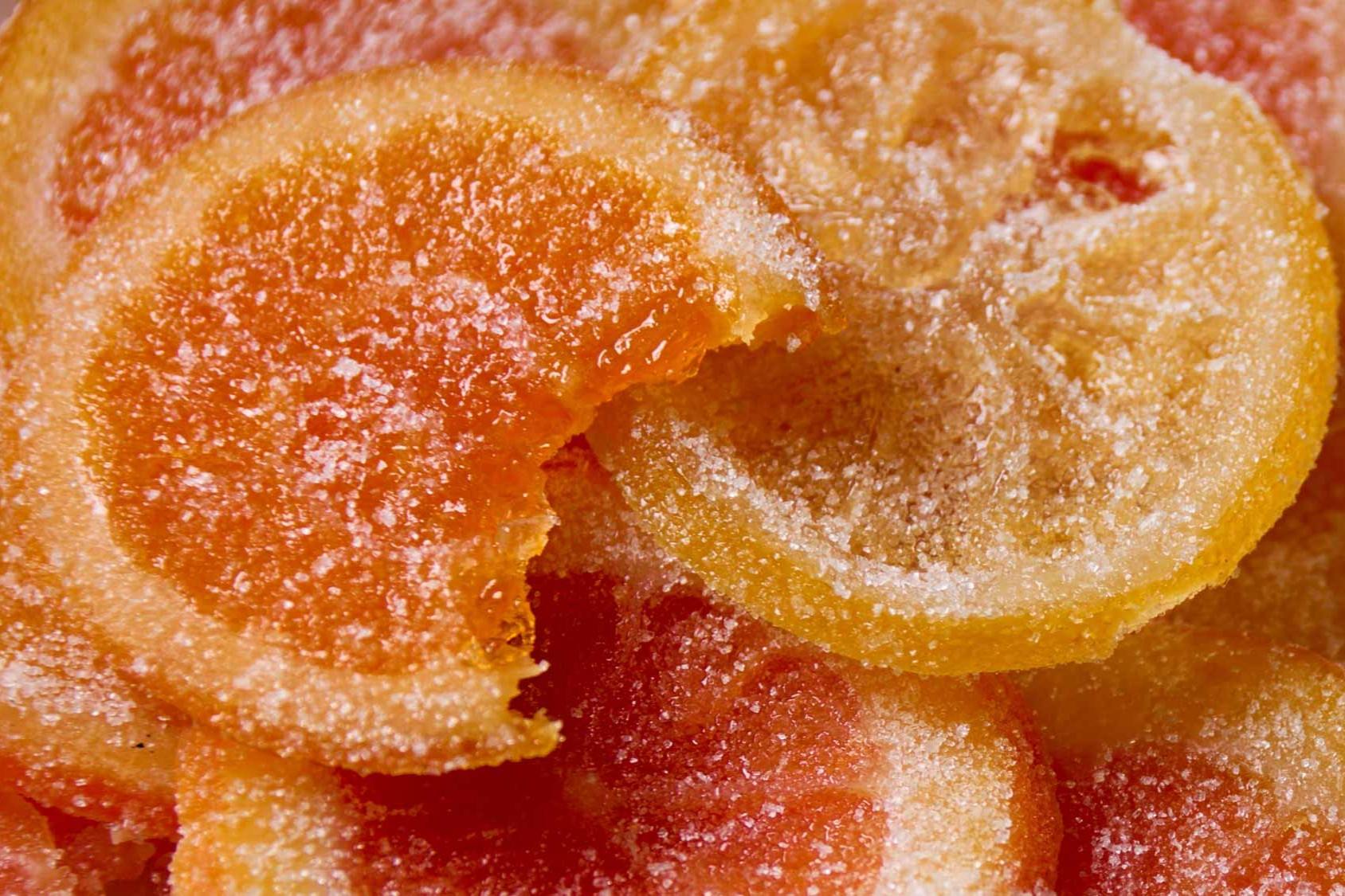
Candied fruit has been a sweet treat enjoyed for centuries, but how much do you really know about it? Candied fruit is made by soaking fruit in sugar syrup, which preserves it and gives it a delightful, sugary coating. This process not only extends the fruit's shelf life but also transforms its texture and flavor. From ancient times to modern kitchens, candied fruit has found its way into various cultures and cuisines. Whether used in holiday baking, as a snack, or a decorative garnish, these sugary delights have a rich history and a variety of uses. Ready to learn more? Here are 25 fascinating facts about candied fruit that will sweeten your knowledge!
The Sweet History of Candied
Candied fruits have been around for centuries, adding a touch of sweetness to various dishes and celebrations. Here are some fascinating facts about these sugary delights.
-
Ancient Origins: Candied fruits date back to ancient China and Mesopotamia, where they were used to preserve fruits for long periods.
-
Medieval Treats: In medieval Europe, candied fruits were considered a luxury item, often enjoyed by the wealthy during feasts.
-
Renaissance Popularity: During the Renaissance, candied fruits became more accessible and were used in various desserts and pastries.
-
Symbol of Wealth: In the 16th century, serving candied fruits was a sign of wealth and sophistication.
-
Preservation Method: Candied fruits were initially created as a method to preserve fruits before refrigeration existed.
The Process of Candying
Candying fruits involves a meticulous process that transforms fresh produce into sweet treats. Here’s how it’s done.
-
Sugar Syrup: Fruits are soaked in a sugar syrup, which replaces the water content with sugar, preserving the fruit.
-
Slow Cooking: The process involves slow cooking the fruits in the syrup over several days to ensure they absorb enough sugar.
-
Drying: After soaking, the fruits are dried to remove excess moisture, resulting in a chewy texture.
-
Glazing: Some candied fruits are glazed with additional sugar or honey for extra sweetness and shine.
-
Natural Colors: Many candied fruits retain their natural colors, but some are dyed to enhance their appearance.
Types of Candied Fruits
Candied fruits come in various types, each with its unique flavor and texture. Let’s explore some popular ones.
-
Candied Orange Peel: A popular choice, often used in baking and as a garnish for cocktails.
-
Candied Ginger: Known for its spicy-sweet flavor, it’s often used in Asian cuisine and desserts.
-
Candied Cherries: Bright red and sweet, these are commonly used in fruitcakes and holiday treats.
-
Candied Pineapple: A tropical delight, often found in trail mixes and baked goods.
-
Candied Lemon Peel: Adds a zesty flavor to desserts and is often used in Mediterranean cuisine.
Health Aspects of Candied Fruits
While delicious, candied fruits have some health considerations to keep in mind.
-
High Sugar Content: Candied fruits are high in sugar, which can contribute to weight gain and other health issues if consumed in excess.
-
Caloric Density: They are calorie-dense, meaning a small amount packs a lot of calories.
-
Nutrient Loss: The candying process can reduce the nutritional value of the fruit, stripping away some vitamins and minerals.
-
Moderation is Key: Enjoying candied fruits in moderation can be part of a balanced diet.
-
Natural vs. Artificial: Opt for naturally candied fruits without artificial colors or preservatives for a healthier option.
Fun Facts About Candied Fruits
Candied fruits have some quirky and interesting aspects that make them even more intriguing.
-
Holiday Tradition: In many cultures, candied fruits are a staple during holiday seasons, especially Christmas.
-
Cultural Variations: Different cultures have unique ways of candying fruits, using various spices and techniques.
-
Edible Art: In Japan, candied fruits are often crafted into beautiful shapes and designs, making them a form of edible art.
-
Long Shelf Life: Properly stored candied fruits can last for months, making them a convenient treat.
-
Versatile Ingredient: They can be used in a variety of dishes, from cakes and cookies to savory dishes and salads.
Sweet Ending
Candied fruits have a rich history and a unique place in our kitchens. From ancient preservation methods to modern gourmet treats, these sugary delights have evolved but still hold a special charm. They’re not just tasty; they’re also versatile, adding flavor and texture to various dishes. Whether you’re enjoying them as a snack, using them in baking, or giving them as gifts, candied fruits bring a touch of sweetness to life. Their long shelf life and vibrant colors make them a pantry staple and a feast for the eyes. Next time you bite into a piece of candied fruit, remember the centuries of tradition and craftsmanship behind it. Enjoy the burst of flavor and the connection to a time-honored culinary art. Candied fruits are more than just a treat; they’re a delicious link to the past and a sweet addition to any occasion.
Was this page helpful?
Our commitment to delivering trustworthy and engaging content is at the heart of what we do. Each fact on our site is contributed by real users like you, bringing a wealth of diverse insights and information. To ensure the highest standards of accuracy and reliability, our dedicated editors meticulously review each submission. This process guarantees that the facts we share are not only fascinating but also credible. Trust in our commitment to quality and authenticity as you explore and learn with us.
